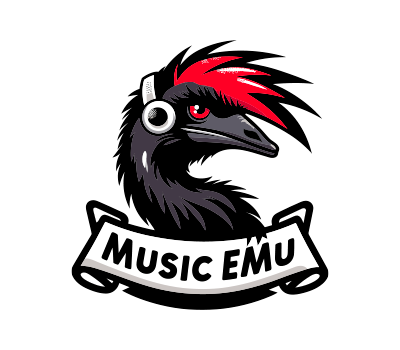In today’s competitive and fast-paced world, protecting your creative works and innovations is essential. Intellectual property (IP) law plays a vital role in securing the rights of creators and inventors, fostering innovation, and promoting economic growth. This comprehensive guide will help you decode the three main branches of IP law: patents, trademarks, and copyrights, providing essential insights into their differences, protections, and registration processes.
Patents
A patent is a legal document granted by a government authority that provides inventors with exclusive rights to produce, sell, and use their inventions for a limited period. Patents are designed to incentivize innovation by rewarding inventors for their efforts and investments in research and development.
Types of Patents
- Utility Patents: These patents are granted for new, useful, and non-obvious inventions or discoveries in various fields, such as machines, processes, manufactured articles, or chemical compositions.
- Design Patents: Design patents protect the unique appearance, shape, or configuration of an article, provided it is new, original, and ornamental.
- Plant Patents: Plant patents are awarded to inventors who create or discover and asexually reproduce distinct and new plant varieties.
Patent Application Process
The patent application process involves the following steps:
- Conduct a thorough patent search to ensure your invention is novel and non-obvious.
- Prepare and file a patent application with the United States Patent and Trademark Office (USPTO) or the relevant patent office in your jurisdiction.
- The patent office reviews your application, which may involve back-and-forth communication to address any concerns or objections.
- If your application is approved, you’ll be granted a patent, providing you with exclusive rights for a limited period (usually 20 years for utility and plant patents and 15 years for design patents).
Trademarks
Trademarks protect brand names, logos, slogans, and other distinctive symbols that identify and distinguish the goods or services of one business from those of others. A strong trademark can become a valuable asset for a business, helping to build brand recognition and consumer trust.
Trademark Application Process
- Conduct a comprehensive trademark search to ensure your desired mark is not already in use by another entity in a similar industry.
- File a trademark application with the USPTO or the relevant trademark office in your jurisdiction.
- The trademark office examines your application, assessing factors such as distinctiveness, likelihood of confusion with existing marks, and compliance with legal requirements.
- If your application is approved, you’ll receive a certificate of registration, granting you exclusive rights to use your trademark in connection with your goods or services.
Copyrights
Copyright protects original works of authorship, such as literary, dramatic, musical, and artistic works, including novels, films, songs, paintings, and architectural designs. Copyright provides creators with exclusive rights to reproduce, distribute, perform, and display their works, as well as create derivative works.
Copyright Protection and Registration
In the United States and many other jurisdictions, copyright protection is automatic upon the creation of an original work in a fixed, tangible medium. However, registering your copyright with the U.S. Copyright Office or the relevant copyright office in your jurisdiction can provide additional benefits, such as the ability to sue for copyright infringement and potentially recover statutory damages and attorney’s fees.
Copyright Application Process
- Prepare a copyright application, including a copy or copies of the work being registered.
- Submit the application to the U.S. Copyright Office or the relevant copyright office in your jurisdiction, along with the appropriate filing fee.
- The copyright office reviews your application and, if approved, issues a certificate of registration.
FAQs
1. What is the difference between patents, trademarks, and copyrights?
Patents protect inventions, trademarks protect brand identifiers, and copyrights protect original works of authorship.
2. How long do patents, trademarks, and copyrights last?
Utility and plant patents typically last 20 years from the date of filing, while design patents last 15 years. Trademarks can last indefinitely, as long as they are in use and their registrations are properly maintained. Copyrights generally last for the life of the author plus 70 years.
3. Can I protect my intellectual property internationally?
Yes, but you’ll need to apply for protection in each country where you seek rights. Various international agreements can simplify this process.
4. Do I need a lawyer to file a patent, trademark, or copyright application?
While it’s possible to file these applications yourself, the processes can be complex and time-consuming. An experienced intellectual property lawyer can help ensure your application is properly prepared and filed, increasing your chances of approval.
Understanding the ins and outs of intellectual property law is critical in today’s innovative and creative world. Whether you’re an inventor, a business owner, or an artist, protecting your ideas and creations can be key to your success. If you have an invention, a brand, or a creative work, consider seeking the appropriate legal protections. As always, when dealing with complex legal matters, it’s wise to consult with an experienced intellectual property attorney.









